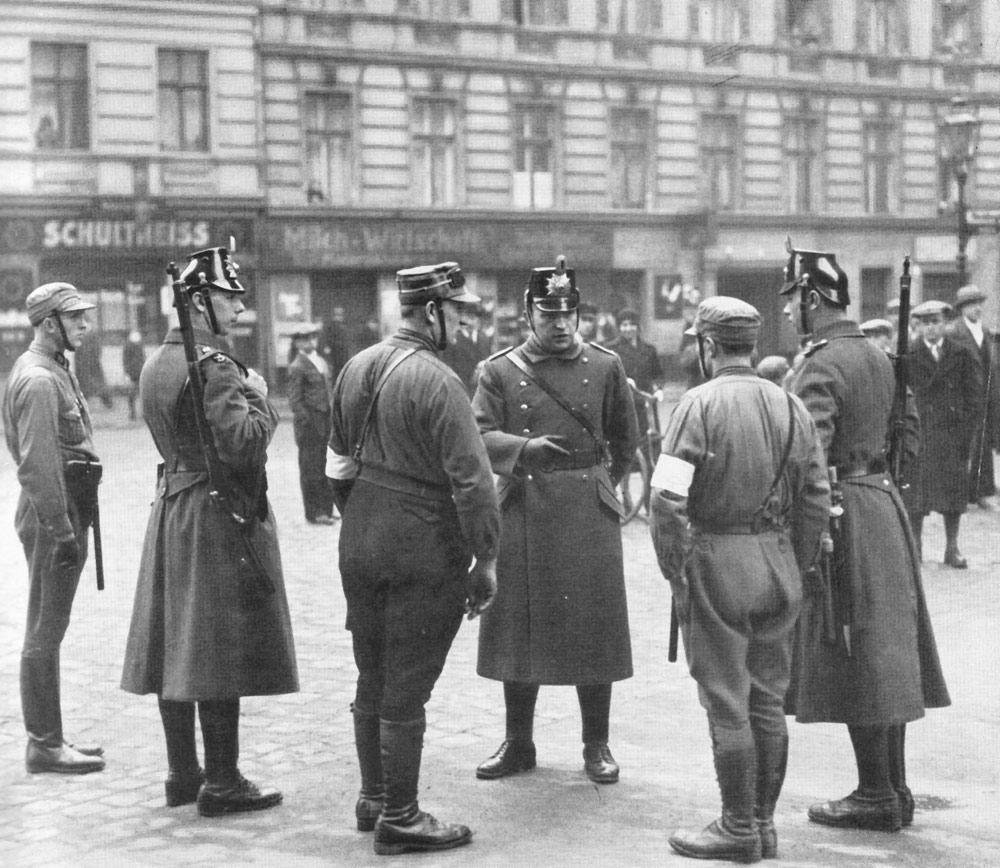Takeover of power by the National Socialists
The appointment of Adolf Hitler as Chancellor of the Reich on 30 January 1933 marks the end of the Weimar Republic. Besides Hitler there were only two other NSDAP members as well as eight politicians from the German nationalist and conservative camps in the cabinet.
As Reich Chancellor, Hitler immediately took advantage of all means of state power that he had at his disposal. His aim was to eliminate his political opponents and establish a dictatorship. Already on 1 February 1933 Reich President von Hindenburg dissolved the Reichstag. When the German Communist Party called for a general strike, Hindenburg signed, on February 4th, an emergency decree submitted to him by Hitler, which stipulated that from then on demonstrations and pamphlets of political opponents could be forbidden. In Prussia Hermann Göring, then acting Interior Minister, recruited 50,000 „auxiliary policemen” from the SA and SS as well as the rightwing paramilitary organisation „Stahlhelm” and openly prompted them to take action against „enemies of the state” with firearms.
On the evening of 27 February 1933, the Reichstag Building went up in flames. The government passed the fire off as proof of an attempted communist coup. The emergency decree that was subsequently enacted “for the protection of the people and state” suspended all essential basic rights.


